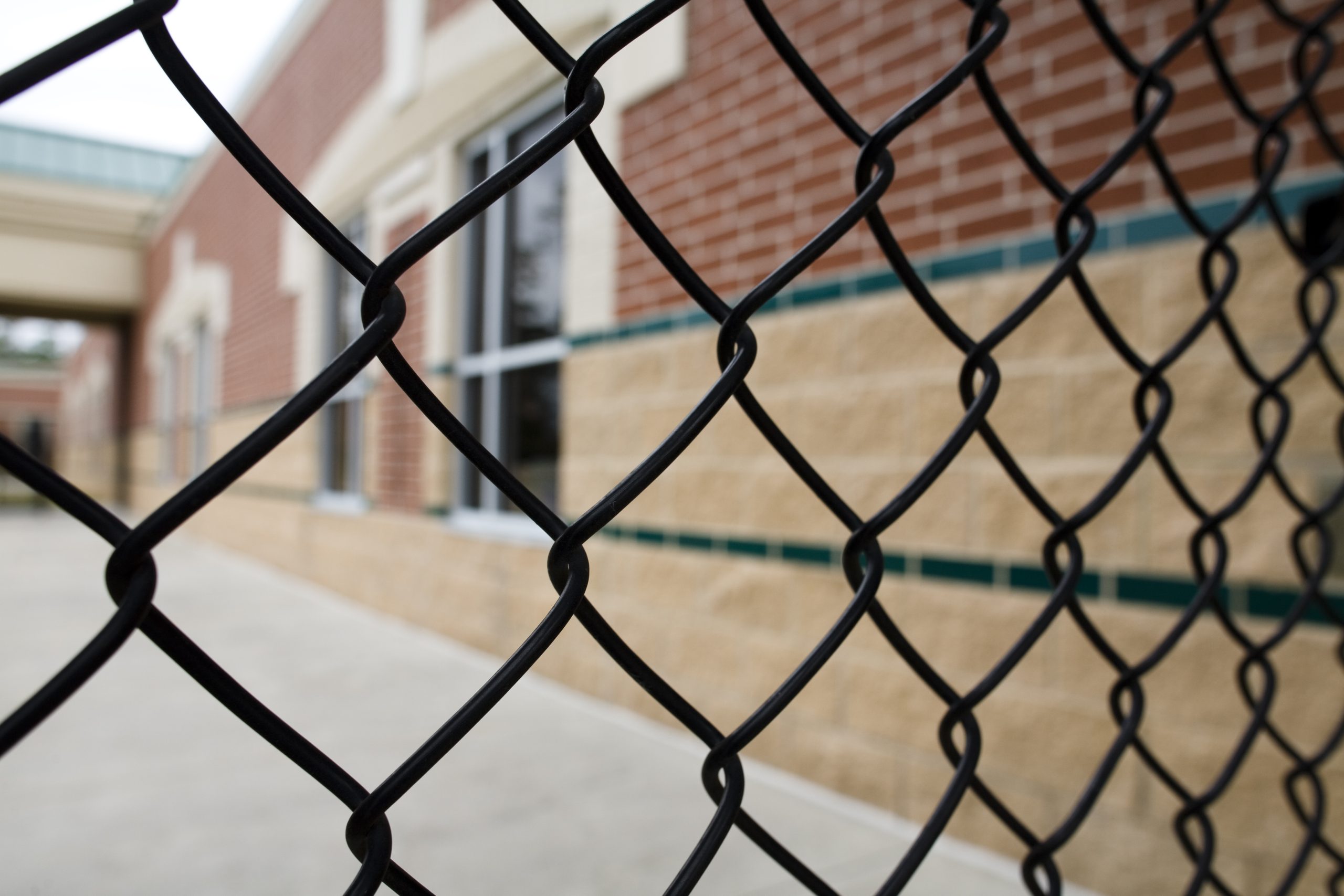A recent report from the National Academies of Sciences, Engineering, and Medicine calls on social media companies, Congress, the U.S. Department of Education and others to minimize the harm of social media use on adolescents’ health while maximizing its benefits.
“Many of our children have grown up using social media, and the impact of social media use on adolescent health is something that parents, doctors, teachers, and adolescents themselves are concerned about,” said Victor J. Dzau, president of the National Academy of Medicine. “Now is the time for research to help answer this pressing question and inform ongoing public policy debates about social media.”
The report acknowledges that social media platforms have the potential to influence adolescents in many ways. For instance, algorithms that generate content recommendations can provide young people with important health information or expose them to unscientific treatments. And while persuasive design elements can keep their attention on their phone even if they try to disengage, young people coping with bereavement, serious illness or mental health problems often find support online that they do not have in person, as with LGBTQ teenagers seeking help or a supportive community.
The differences between an adolescent brain and adult brain also mean that teenagers can be uniquely affected by social media use. Adolescents have less-developed emotional regulation along with heightened sensitivity to rewards — particularly social validation.
While the report concludes there is not enough evidence to determine that social media causes changes in adolescent health at the population level, research shows social media has the potential to both harm and benefit adolescent health. Researchers noted that there is much to be learned about how specific platform features — such as “likes” or the endless scroll format of some platforms — may affect adolescent health.
A more judicious approach is warranted rather than a broad-stroke ban, according to the report, which does not call for specific limitations on teens’ access to social media in its nearly dozen recommendations.
“There is much we still don’t know, but our report lays out a clear path forward for both pursuing the biggest unanswered questions about youth health and social media, and taking steps that can minimize the risk to young people using social media now,” said Sandro Galea, dean and Robert A. Knox Professor at the Boston University School of Public Health, and chair of the National Academies’ Committee on the Impact of Social Media on Adolescent Health. “Our recommendations call on social media companies, Congress, federal agencies and others to make changes that will protect and benefit young people who use social media.”
Recommendations
Training and professional development
Teaching media literacy in grades K-12 has the potential to help adolescents be more sophisticated users of social media, but new curriculum standards and teacher training are needed, according to the report. The U.S. Department of Education should draw attention to digital media literacy, and state boards of education should set curriculum standards for the topic. Additionally, teacher training should emphasize digital media literacy, and the Council for the Accreditation of Educator Preparation should set requirements for student teachers and professional development for veteran teachers.
Four states — including California — have already adopted K-12 media literacy instruction requirements to help students determine credible online sources and strengthen their critical-thinking skills.
Industry standards
The report recommends the International Organization for Standardization — a nongovernmental organization with a long history of setting and supporting technology standards — should convene a working group that includes social media companies to develop standards for social media platform design, transparency and data use. New standards for social media operations and platform design would allow for better transparency and tracking by the public and the Federal Trade Commission (FTC). Social media companies should also issue a public statement promising to comply.
Protecting against abuse
The anonymity of the internet can embolden perpetrators of online harassment, bullying and sexual exploitation of minors. The report calls on social media companies to develop systems for reporting, follow-up and adjudication of online harassment and abuse. These systems should be easy to use, universal, accountable and transparent. The report also recommends that the FTC revise its regulations to clarify how to make such reporting comply with the Children’s Online Privacy Protection Act, which limits how children’s data can be collected, used or shared online.





